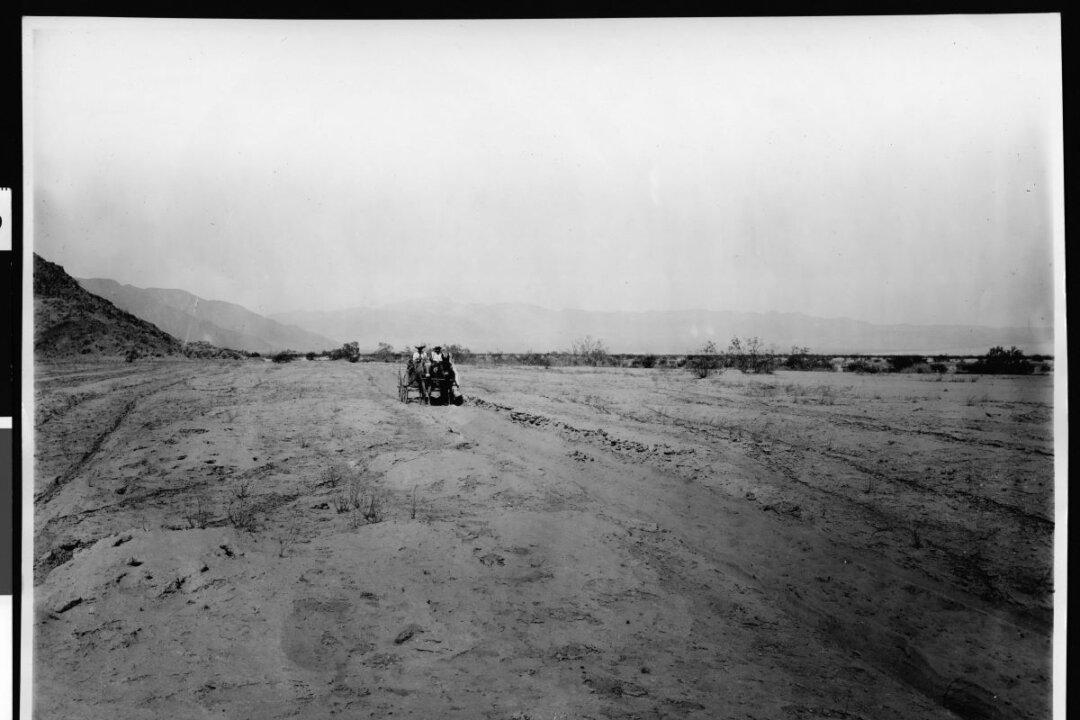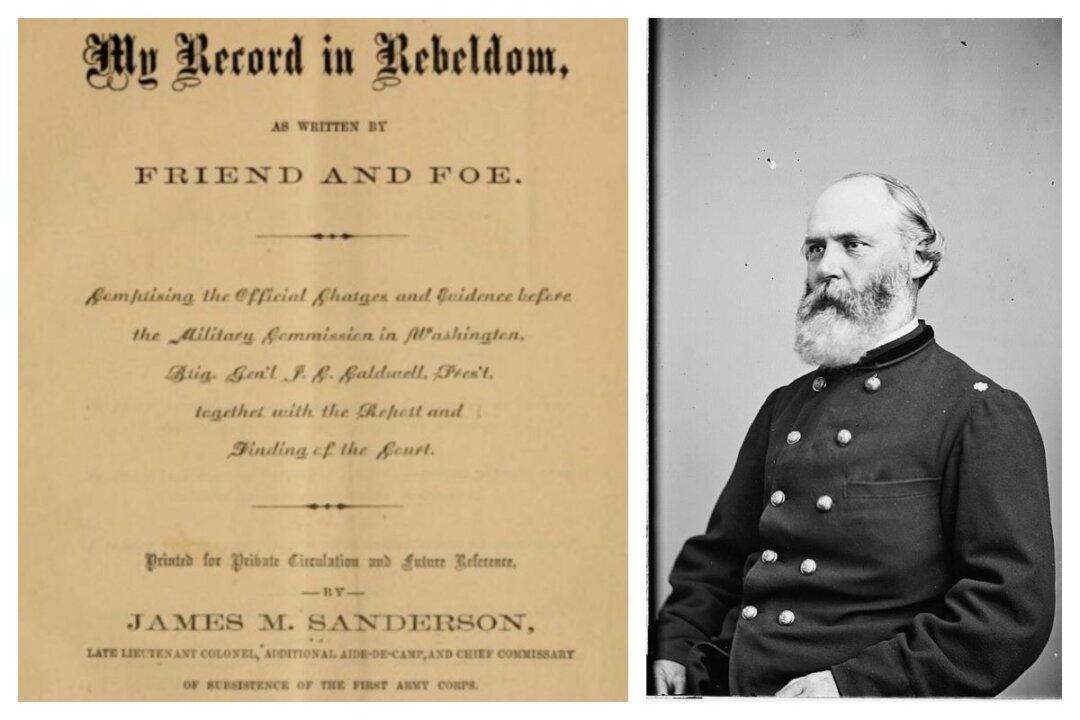In the 1920s, British archaeologist C. Leonard Woolley made a major discovery in southern Iraq, in what was once known as the city of Ur. After excavation, the site was determined to be the palace of a 6th-century B.C. princess; but, indeed, it was so much more than that. With its numerous artifacts that stretched across the millennia, even thousands of years before the time of the princess, Woolley had found what he called the world’s first museum.
Moudhy Al-Rashid’s new book, “Between Two Rivers: Ancient Mesopotamia and the Birth of History” takes readers to the 2,600-year-old palace ruins. As she noted, Ur was actually abandoned a century after Princess Ennigaldi-Nanna—also the priestess of the moon god—occupied this palace. For whatever reason, it was abandoned, seemingly for climate issues. The palace became a mound (or “tell,” an archeological term) preserving about “3,500 years’ worth of occupation in antiquity,” ultimately stretching back into the 4th and 5th millennium B.C.






